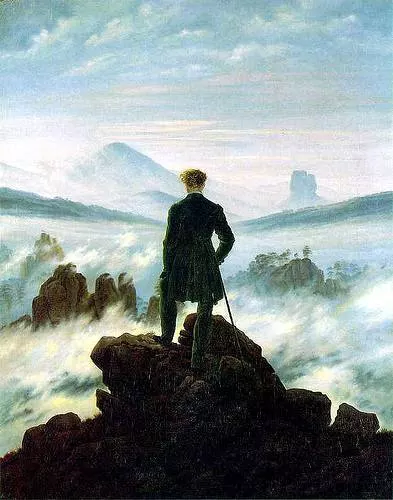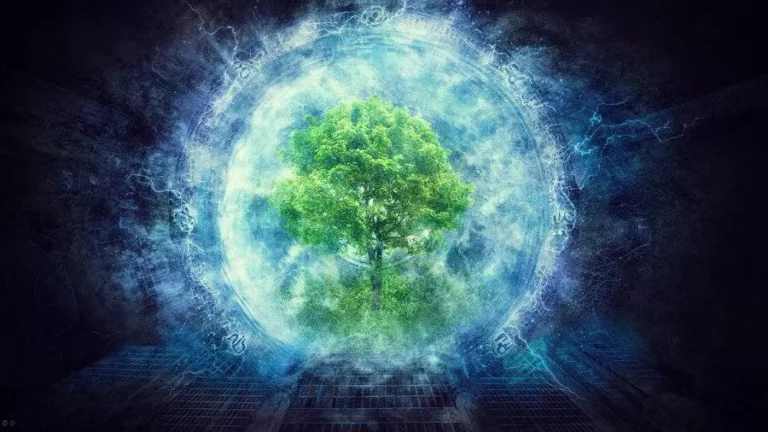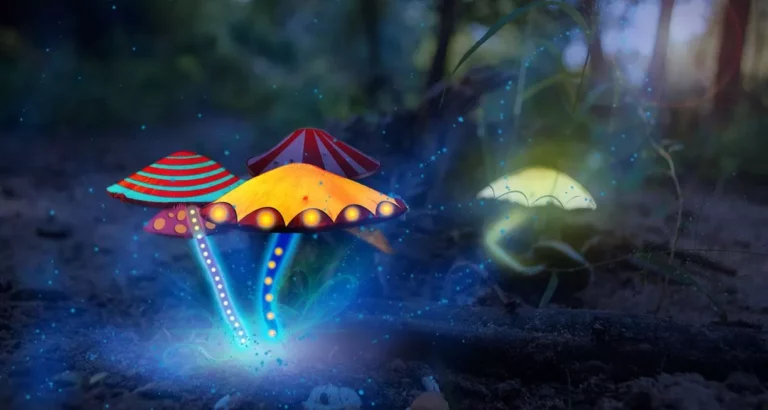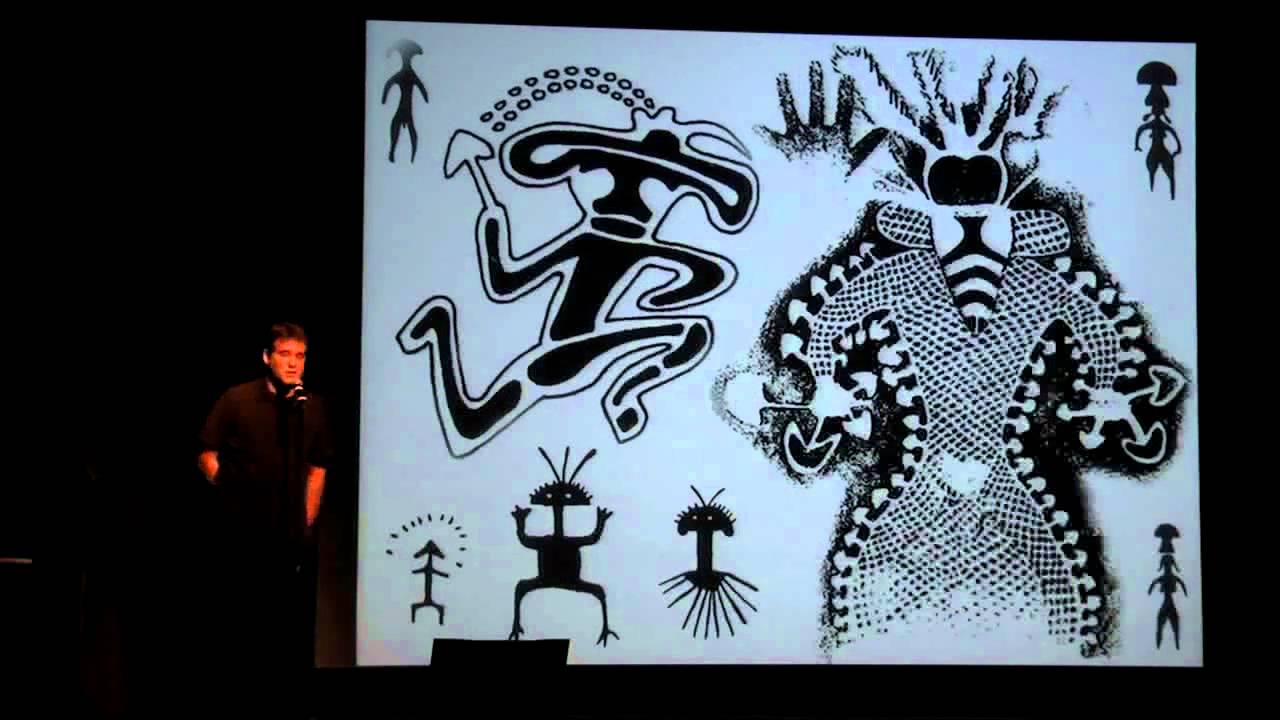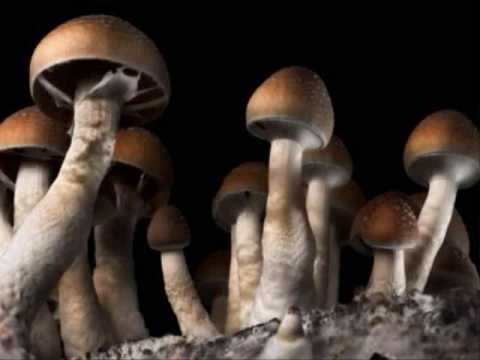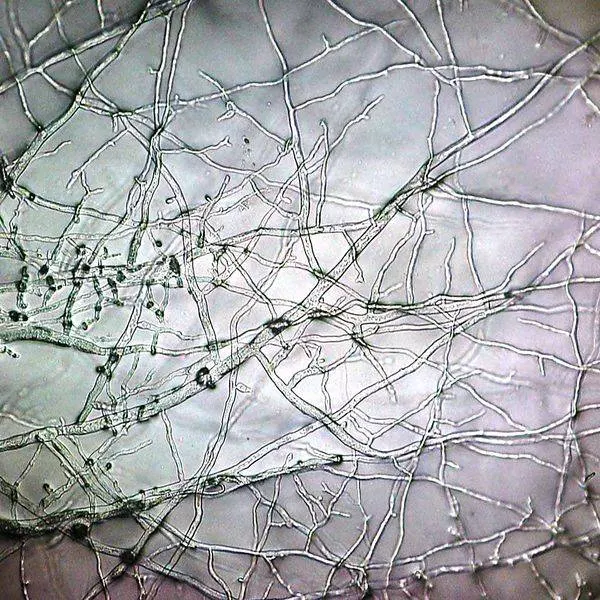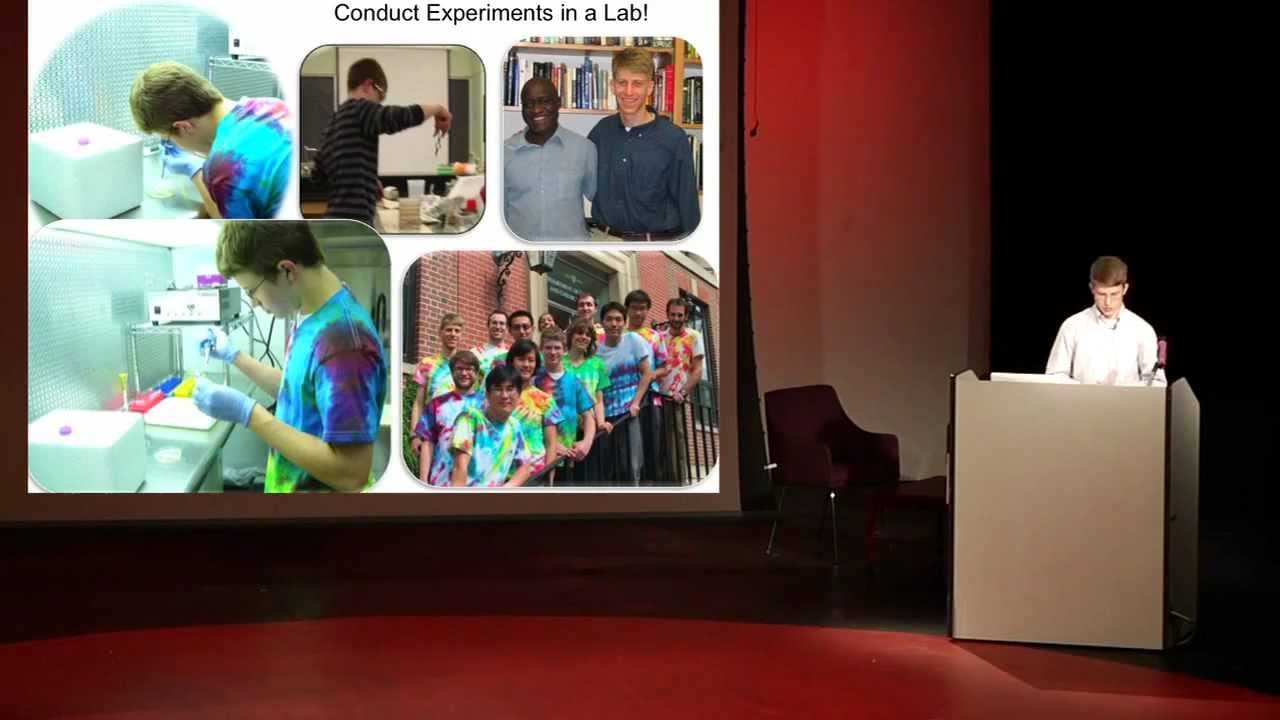Spiritual awakening is a slow and sacred process of transformation, when you realise the importance of connecting with the inner power and listening to yourself, instead of what the world tells you to do and become.
Authenticity is what you seek, and befriending your inner demons is what you strive to do.
“Knowledge is knowing a tomato is a fruit. Wisdom is not putting it in a fruit salad.” ~ Miles Kington
Here are 8 signs you may be experiencing a spiritual awakening
1. You’re more in touch with your spiritual foundations through transformative meditation:
You realize, as Jung noted, that “the experience of the Self is always a defeat for the Ego.” And through the seven primary chakras you are becoming one with the cosmos, receptive to stimuli to which, in the time before, you were insensate.
You’ve felt the powerful kundalini energy rising up from your roots, passing through the sacred waters of the sacral, basking in the fire of the solar plexus, breathing in the vital breath of the heart, absorbing the ethereal voice of the throat, pouring through the dissolution of the Third Eye, and spilling up and out like a mighty fountainhead into the greater cosmos.
2. You are beginning to want more freedom and less stuff:
Your heart is not heavy with materialistic burden. You understand that ownership-based love can never be true love. You realize like Osho said, “Love is not about possession. Love is about appreciation.” And although there are some people in the world who are so poor all they have is money, you continue to love without expecting anything in return.
You have frequent, overwhelming episodes of appreciation for the abundance the natural world has to offer. Like Gandhi, you live simply so that others may simply live.
3. You realize that the door to your prison cell is wide open (and always has been):
You have a growing propensity toward breaking mental paradigms, stretching comfort zones and thinking outside the current box. You have a tendency to think and act spontaneously rather than from fears based on past experiences, and you are constantly attempting to recondition any and all preconditions.
You enjoy each moment, relishing, in carpe-diem-ecstasy, your bountiful freedom. It was Rumi who asked, “Why do you stay in prison when the door is wide open?”
4. The world is a playground, and you are on recess:
You don’t take yourself too seriously. You realize that, though hard work is necessary, sincere play is paramount. You understand that play is the only way that the highest intelligence of humankind can unfold.
Your sense of humor has become your safety net. You understand that sincerity is primary and should always trump seriousness. Like Nietzsche wrote, “The struggle of maturity is to recover the seriousness of a child at play.”
5. You have acquired the counterintuitive practice of relishing in your mistakes:
We all make mistakes. Sometimes the mistakes we make are huge, like overeating, or putting all our eggs in one basket. Sometimes the mistakes we make are small, like eating too many beans, or making a wrong turn at Albuquerque.
But you appreciate the strange flukes and foibles that knock you off course or lead you astray. These can be setbacks or stepping stones. It’s up to you which. But you have discovered the capacity to use them as stepping stones.
6. You have an overwhelming feeling of being connected with others and nature:
You realize, as Aldo Leopold did, that “The land is not a commodity that belongs to us; it’s a community to which we belong.” You are becoming more aware of your connection to the community and cosmos. Your ego-centric tendencies are fast dissolving into eco-centric magnanimity.
You realize, as Darryl Anka surmised, that, “Everything is energy and that’s all there is to it. Match the frequency of the reality you want, and you cannot help but get that reality. It can be no other way. This is not philosophy. This is physics.”
7. You understand that the journey is indeed the thing:
You’ve discovered that most of your pleasure comes not from your achievement of a goal, though there is some pleasure that comes from that, but from the process of achieving that goal. It’s not just that you are on a journey; it’s that you are the journey.
You are not simply crossing the bridge from animal to Over-man (Nietzsche’s Übermensch), you are the “bridge” itself. Indeed, you understand – from balls to bones, ovaries to marrow – that the glue that binds finitude with infinity is the human torn between being both an animal and a god.
8. You’d rather be slapped with the truth than kissed with a lie:
You embrace the pain that comes from knowledge and laugh at the bliss born out of ignorance. You accept that pain is a side effect of doing what you love, knowing that pain is merely the hard center of love that must be embraced, softened and transformed into wisdom.
You have an appreciation for truth that trumps any amount of pain or suffering that’s necessary to achieve it. Like the Dread Pirate Roberts says to the princess in the Princess Bride, “Life is pain, princess. Anybody who tells you otherwise is selling something.”
Image Source:
Spiritual Awakening
Wanderer above the Sea of Fog painting by Caspar David Friedrich
Spiritual Awakening Image
Spiritual Awakening Art



